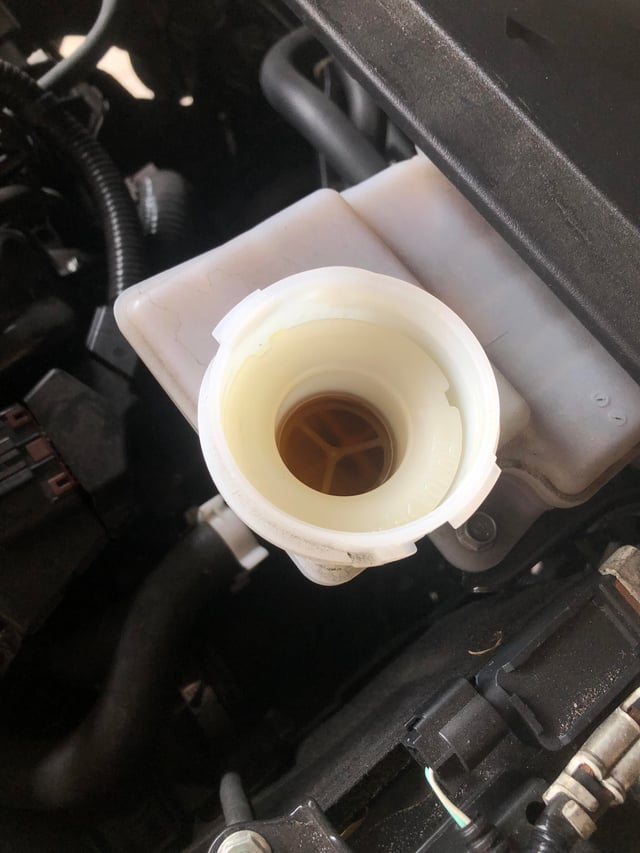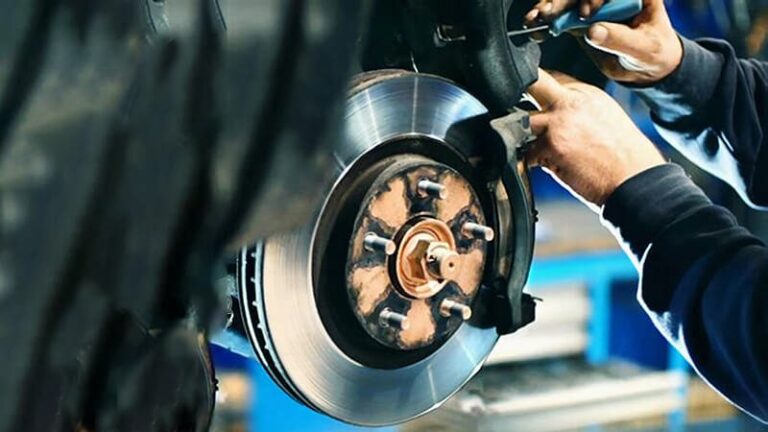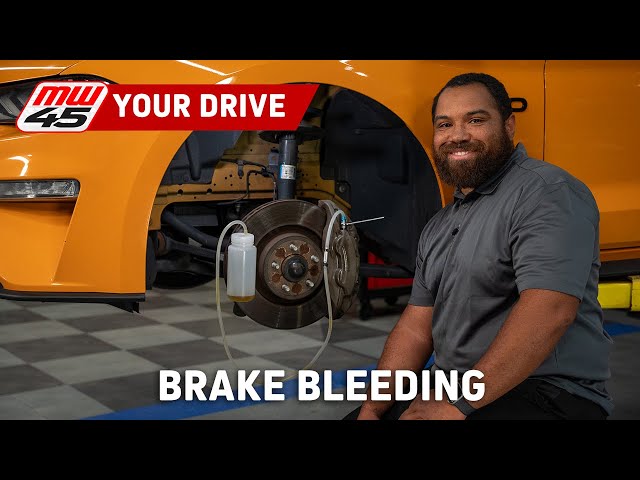Your car’s brakes are one of the most important safety features on the road. But how often should you replace them?
Ignoring this question could put you and your loved ones at risk. If you’ve ever wondered whether your brakes are still good or if it’s time for a change, this article is for you. Keep reading to learn the signs of worn-out brakes, how to know when it’s time for a replacement, and simple tips to keep your braking system in top shape.
Your safety depends on it.
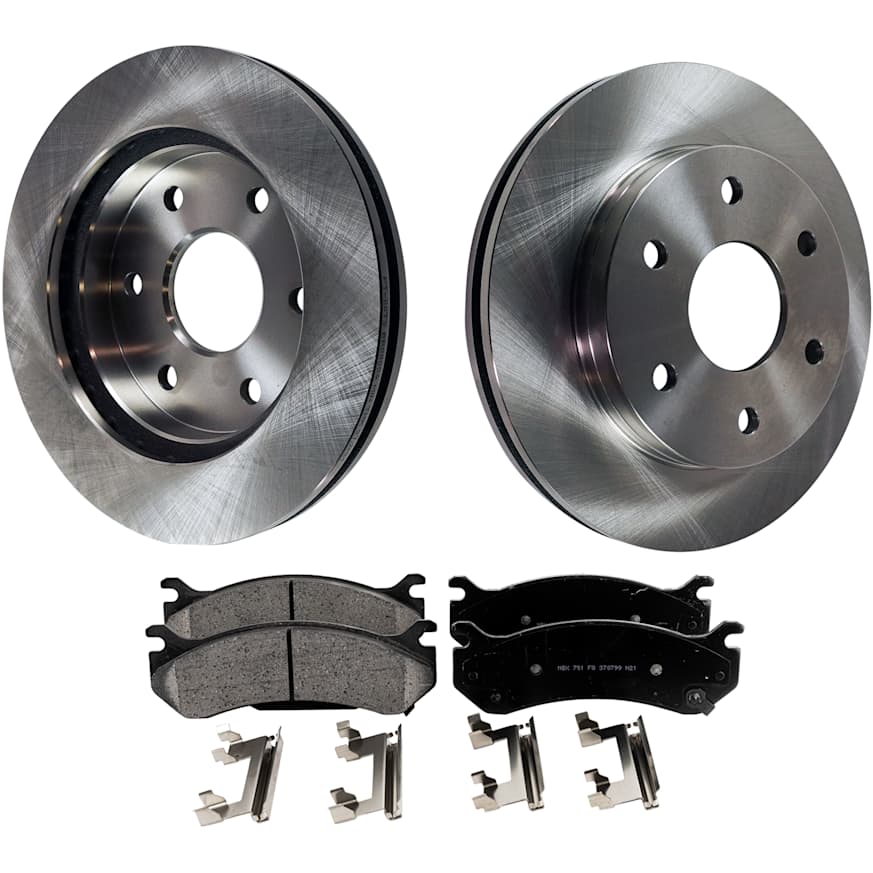
Credit: www.carparts.com
Signs Of Worn Brakes
Worn brakes show clear signs that you should never ignore. These signs help keep your car safe. Paying attention to them can prevent accidents. It also saves money on bigger repairs later. Learn to spot these signs early.
Squeaking And Grinding Noises
Squeaking sounds mean brake pads are wearing out. These noises come from metal parts rubbing together. Grinding noises are worse and mean the pads are gone. This can damage the brake rotors. Stop and check your brakes if you hear these sounds.
Reduced Braking Performance
Your car takes longer to stop than before. The brake pedal feels soft or spongy. You need to push the pedal harder. This means your brakes are losing power. Reduced braking is dangerous and needs attention fast.
Vibrations During Braking
Feel shaking or vibrations when you brake. This can mean warped brake rotors or worn pads. Vibrations make it hard to control the car. It is a clear sign to inspect your brakes soon.
Brake Warning Lights
The brake warning light on your dashboard turns on. It signals a problem with your brake system. It might be low brake fluid or worn brake pads. Never ignore this light. Get your brakes checked immediately.
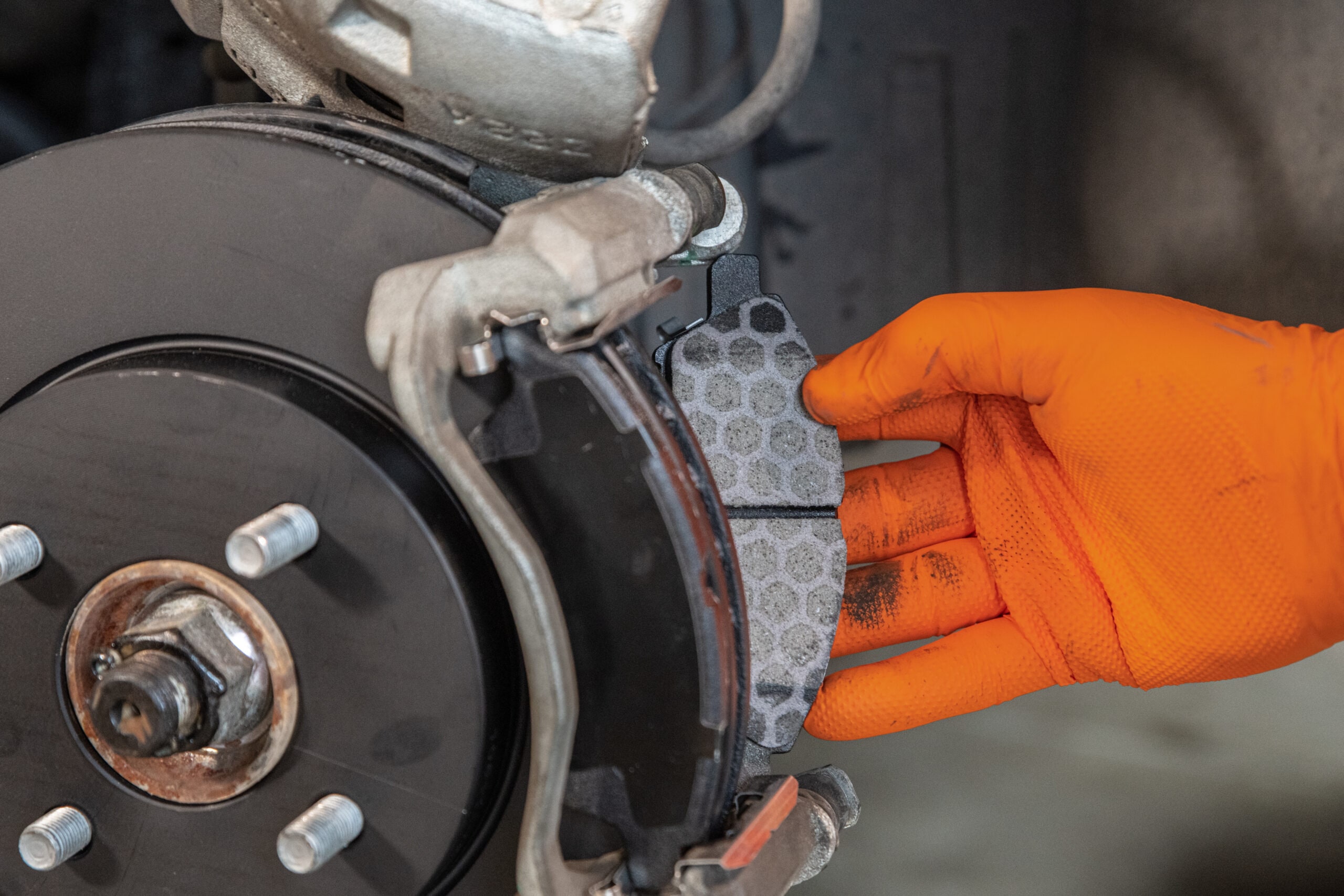
Credit: www.autozone.com
Factors Affecting Brake Lifespan
Knowing how long car brakes last depends on many factors. These factors change how fast brake parts wear out. Understanding these can help you keep your brakes safe and working well.
Driving Habits
Gentle driving helps brakes last longer. Hard braking wears brake pads quickly. Frequent stop-and-go traffic also speeds up brake wear. Smooth and steady braking saves brake parts.
Road Conditions
Rough roads damage brakes faster. Driving on hills makes brakes work harder. Dusty or sandy roads cause more brake wear. Clean, flat roads are easier on brakes.
Vehicle Type And Load
Heavy vehicles put more stress on brakes. Carrying heavy loads makes brakes wear out faster. Small cars usually have longer brake life. Larger trucks need more brake care.
Brake Material Quality
High-quality brake parts last longer. Cheap brake pads wear out quickly. Some materials handle heat better. Choose good brake materials for safety and durability.
Typical Replacement Intervals
Knowing the typical replacement intervals for car brakes helps keep your vehicle safe. Brake parts wear down over time and need timely changes. Following general guidelines can avoid sudden brake failure and costly repairs.
Brake replacement depends on driving habits, road types, and vehicle model. Checking key factors ensures you replace brakes at the right time. This section covers common intervals to guide your maintenance schedule.
Average Mileage Guidelines
Brake pads usually last between 30,000 and 70,000 miles. This range varies with driving style and conditions. Heavy city traffic or hilly areas shorten brake life. Regular highway driving often extends it. Rotors last longer but may need replacement after 50,000 to 70,000 miles.
Manufacturer Recommendations
Car makers provide specific brake replacement advice in the owner’s manual. These guidelines match your vehicle’s design and brake system. Following these helps maintain performance and safety. Check the manual regularly for updates or service alerts.
Brake Pad Vs. Rotor Replacement
Brake pads wear faster than rotors and need more frequent changes. Rotors may be replaced with pads if damaged or warped. Sometimes rotors can be resurfaced to extend their life. Always inspect both parts during brake service for best results.
Brake Maintenance Tips
Proper brake maintenance keeps your car safe and reliable. It helps avoid costly repairs and ensures smooth stops. Follow these simple tips to maintain your brakes effectively.
Regular Inspections
Check your brakes often to find problems early. Look for worn pads, strange noises, or vibrations. Regular checks prevent brake failure and increase safety.
Cleaning Brake Components
Brake parts collect dirt and dust over time. Clean them gently to keep performance steady. Use a soft brush and brake cleaner for best results.
Checking Brake Fluid
Brake fluid helps your brakes work properly. Check the fluid level and color regularly. Replace old or dirty fluid to maintain brake power.
Timely Repairs
Fix brake issues as soon as possible. Delays can cause bigger problems and unsafe driving. Replace worn parts to keep brakes responsive and strong.
Professional Brake Inspection
Professional brake inspection is key to safe driving. It helps catch problems early. A mechanic checks parts that wear out over time. This check gives peace of mind on the road.
What Mechanics Check
Mechanics look at brake pads and discs. They check for wear and damage. Brake fluid levels also get tested. The brake lines and calipers are inspected. They listen for unusual noises too. All parts must work well together.
Frequency Of Professional Checks
Get a brake inspection every 10,000 to 12,000 miles. Some cars need checks more often. Old cars may require more frequent visits. Always follow the car maker’s advice. Check brakes if you feel changes in stopping.
Benefits Of Expert Assessment
Experts spot small issues before they grow. They can save money by avoiding big repairs. Inspections improve braking performance. They help keep you and others safe. A quick check can prevent accidents.
Consequences Of Neglecting Brake Replacement
Ignoring brake replacement can cause serious problems for drivers. Worn brakes reduce stopping power and increase risks on the road. Problems start small but grow fast. Understanding the consequences helps protect your car and safety.
Safety Risks
Old brakes take longer to stop your car. This delay can cause accidents. Brake failure on busy roads is dangerous. You risk harming yourself and others. Proper brake function is key for safe driving.
Increased Repair Costs
Worn brakes damage other parts like rotors and calipers. Repair bills rise when brakes break down completely. Early brake replacement saves money. Fixing small issues costs less than big repairs.
Impact On Vehicle Performance
Bad brakes affect overall car control. You may feel vibrations or hear noises. The car may pull to one side during braking. This reduces your driving comfort and confidence. Good brakes keep your vehicle smooth and steady.
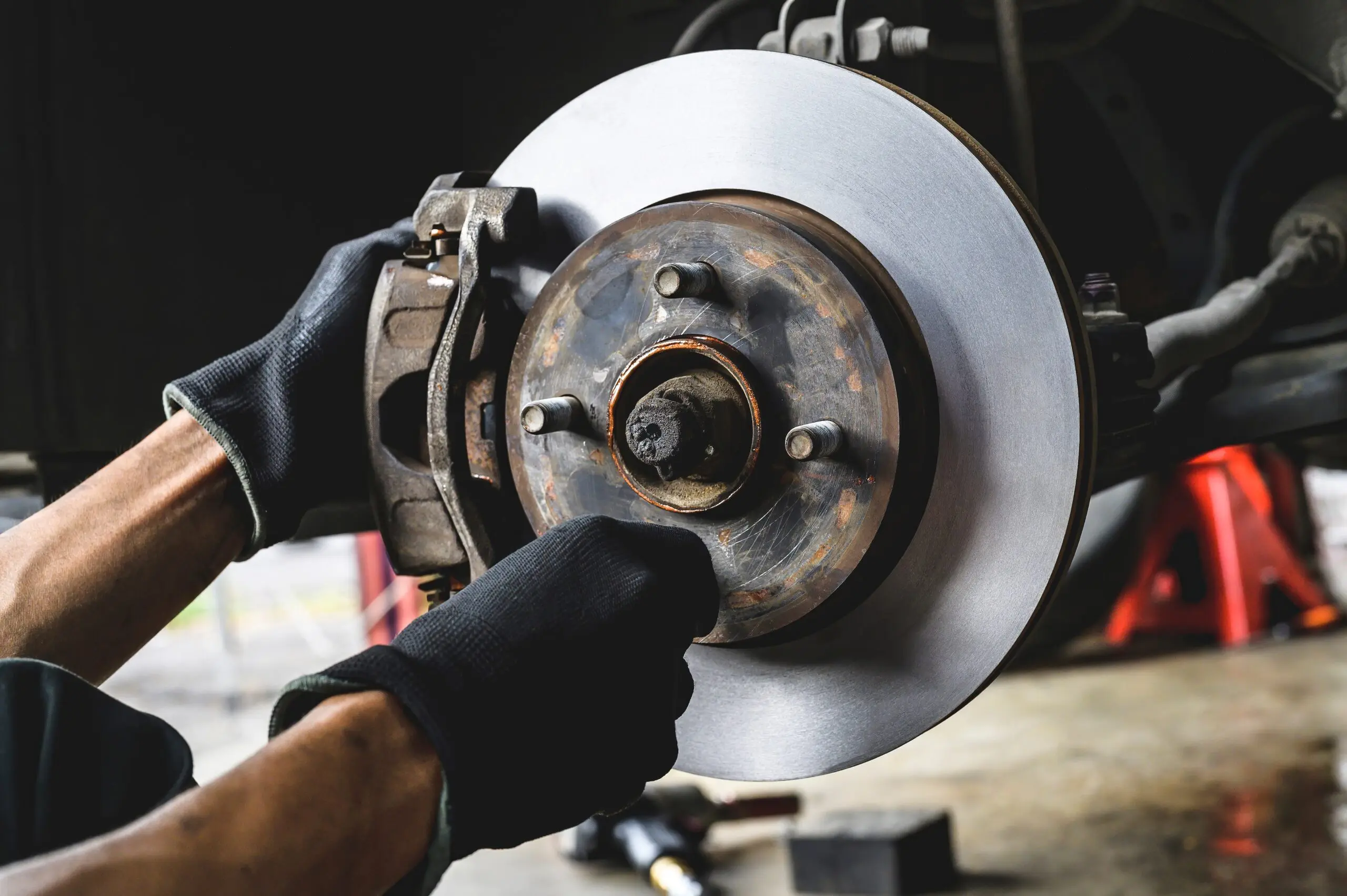
Credit: www.telletire.com
Frequently Asked Questions
How Often Should Car Brakes Be Replaced?
Car brakes typically need replacement every 30,000 to 70,000 miles. Factors like driving habits and brake quality affect this. Regular inspection helps identify wear early and ensures safety.
What Are Signs That Brakes Need Replacing?
Common signs include squeaking, grinding noises, reduced braking power, and a soft brake pedal. If you notice these, get your brakes checked immediately for safety.
Can Worn Brake Pads Damage Other Parts?
Yes, worn brake pads can damage rotors and increase repair costs. Replacing pads timely prevents further damage and maintains braking efficiency.
How Long Do Brake Pads Last On Average?
Brake pads usually last between 30,000 and 70,000 miles, depending on usage. Aggressive driving or heavy loads can shorten this lifespan significantly.
Conclusion
Car brakes need regular checks to keep you safe on the road. Most brake pads last between 30,000 and 70,000 miles. Listen for squeaking or grinding sounds—they signal wear. Driving habits and road conditions affect brake life too. Don’t wait for warning signs; check brakes often.
A quick inspection can prevent costly repairs later. Stay alert and maintain your brakes well. Safe driving starts with reliable brakes. Keep your vehicle in good shape for peace of mind.

